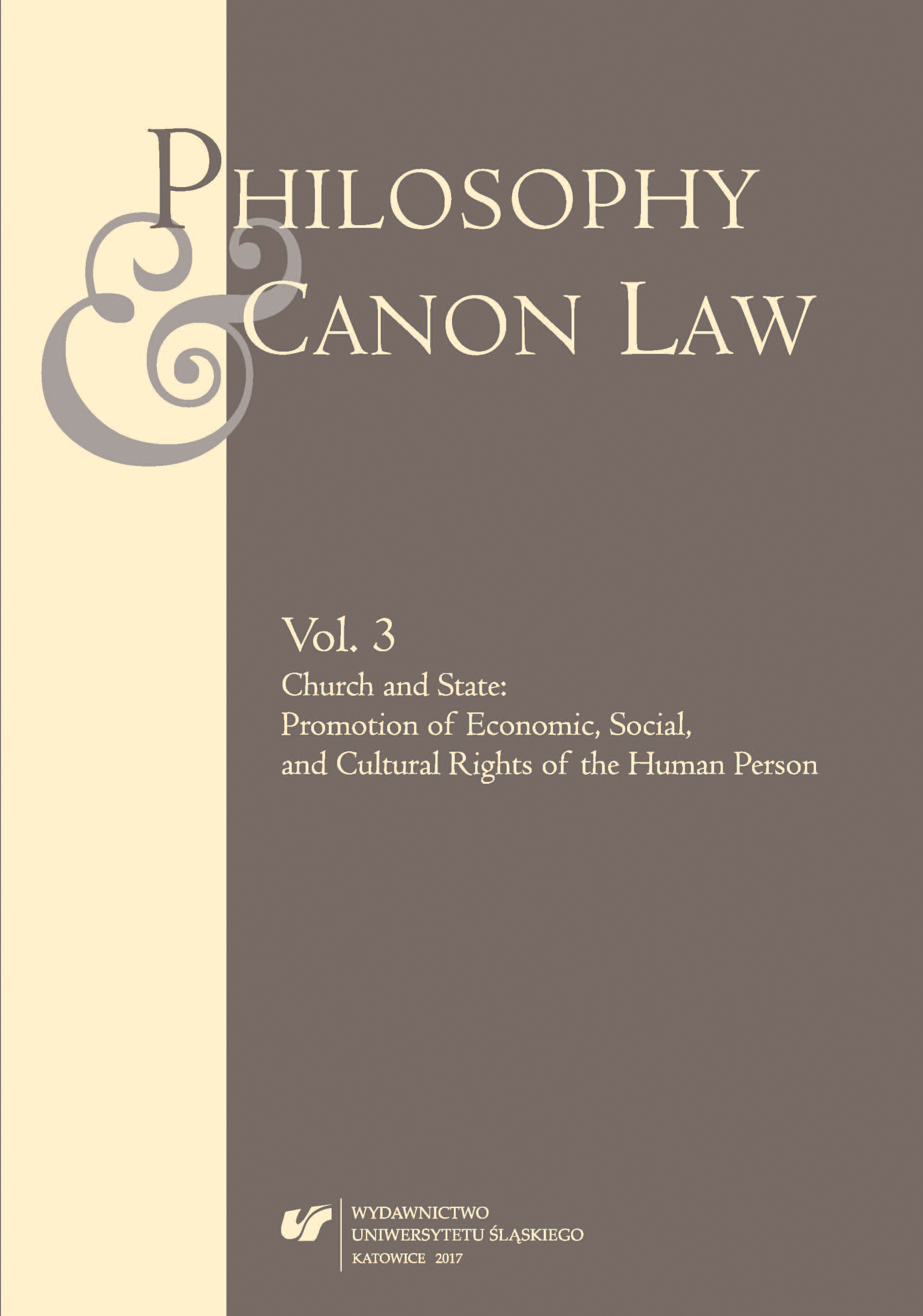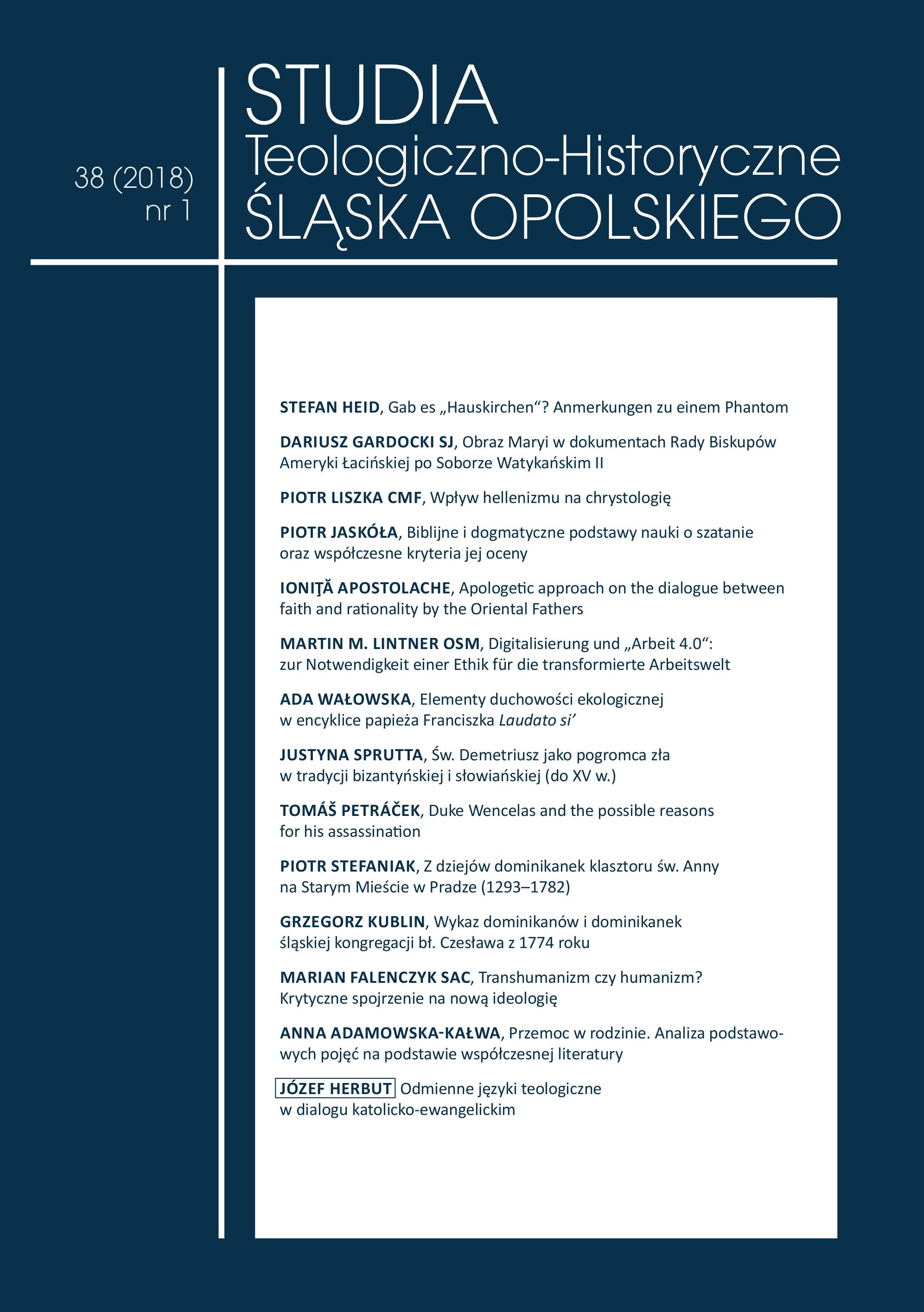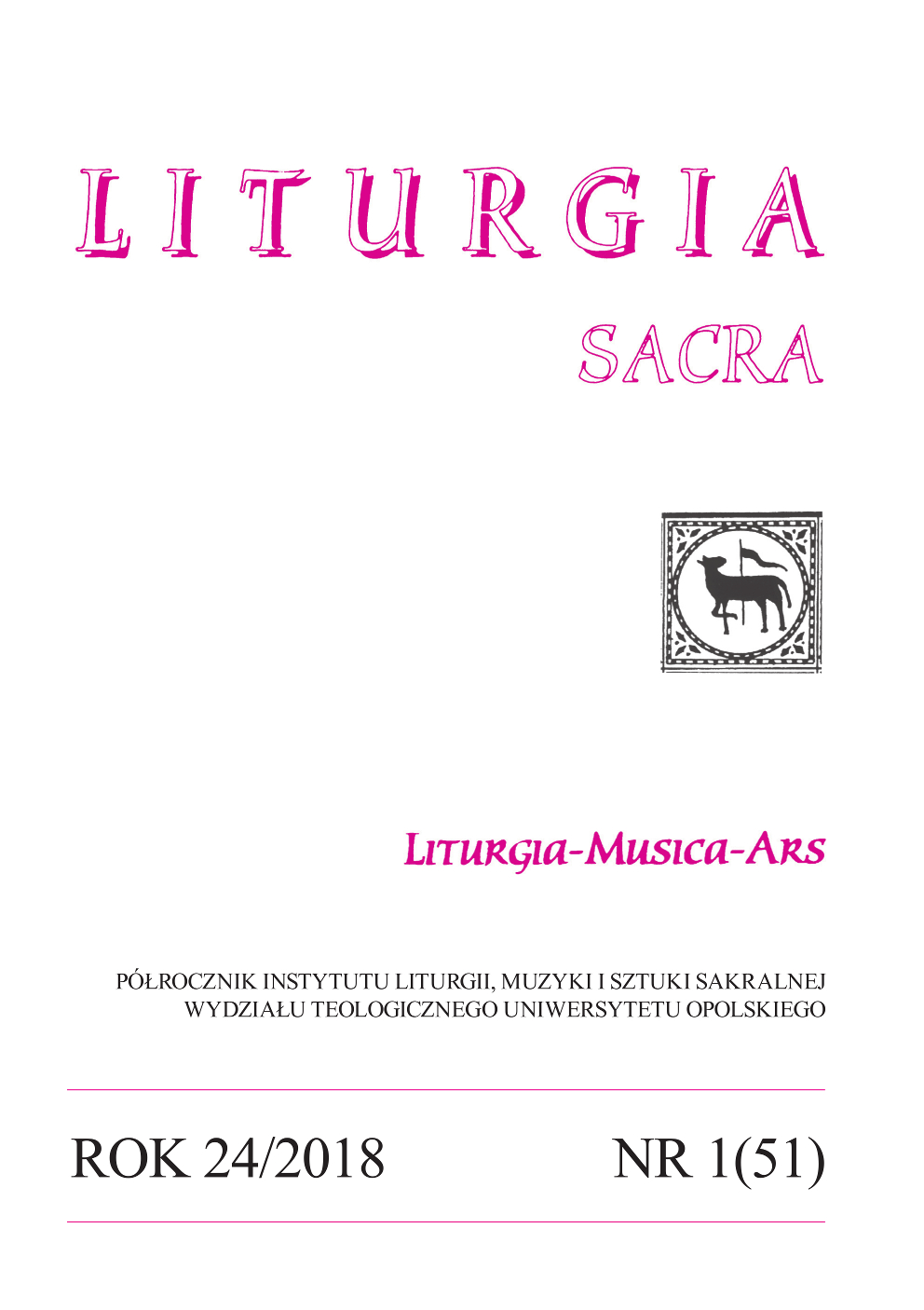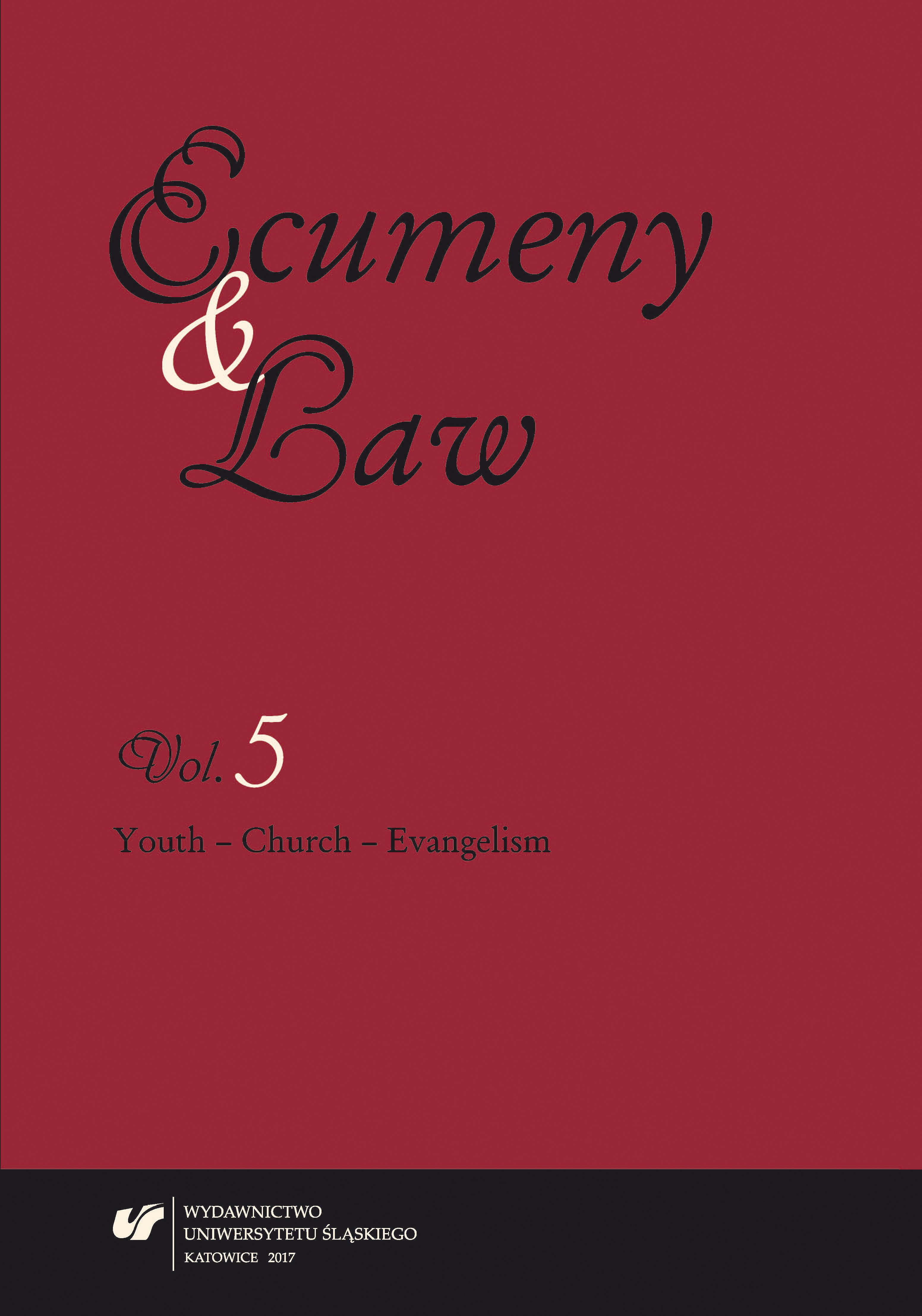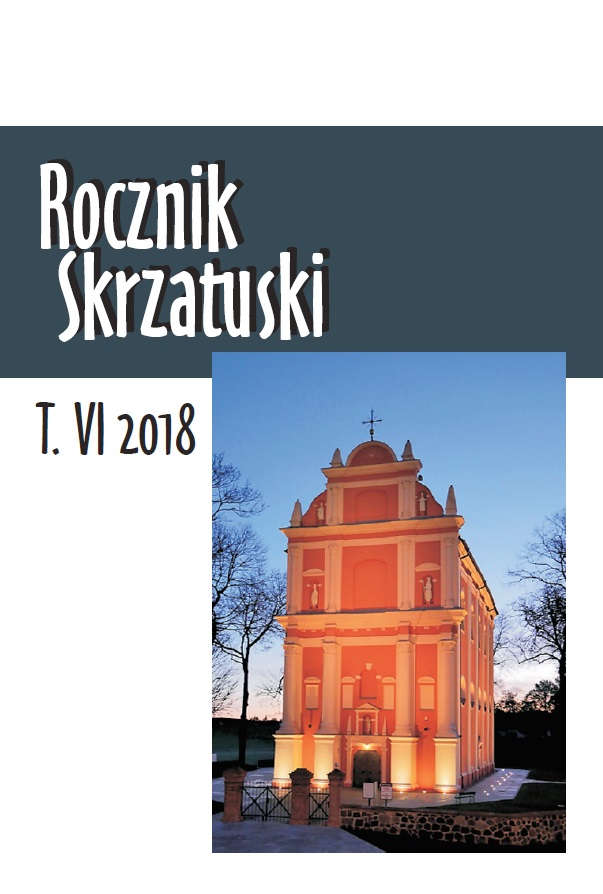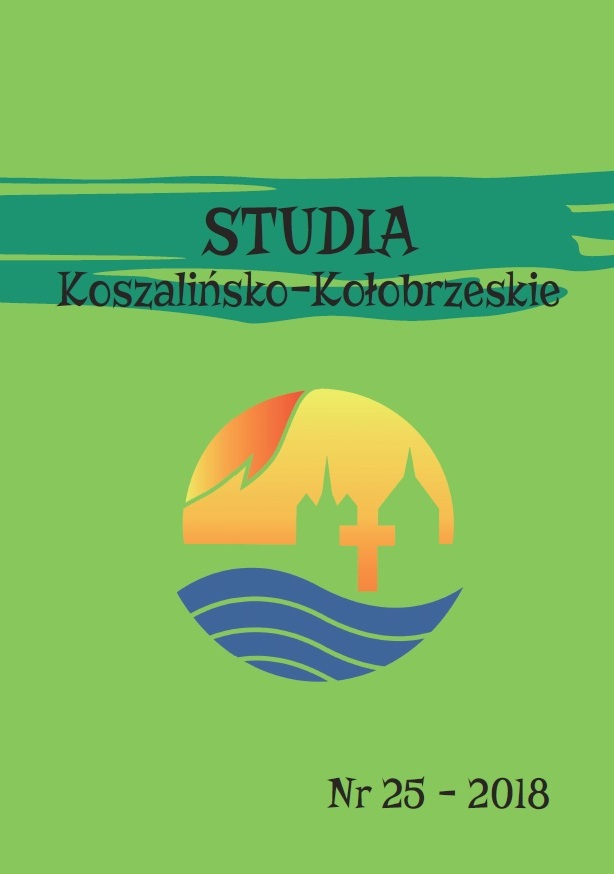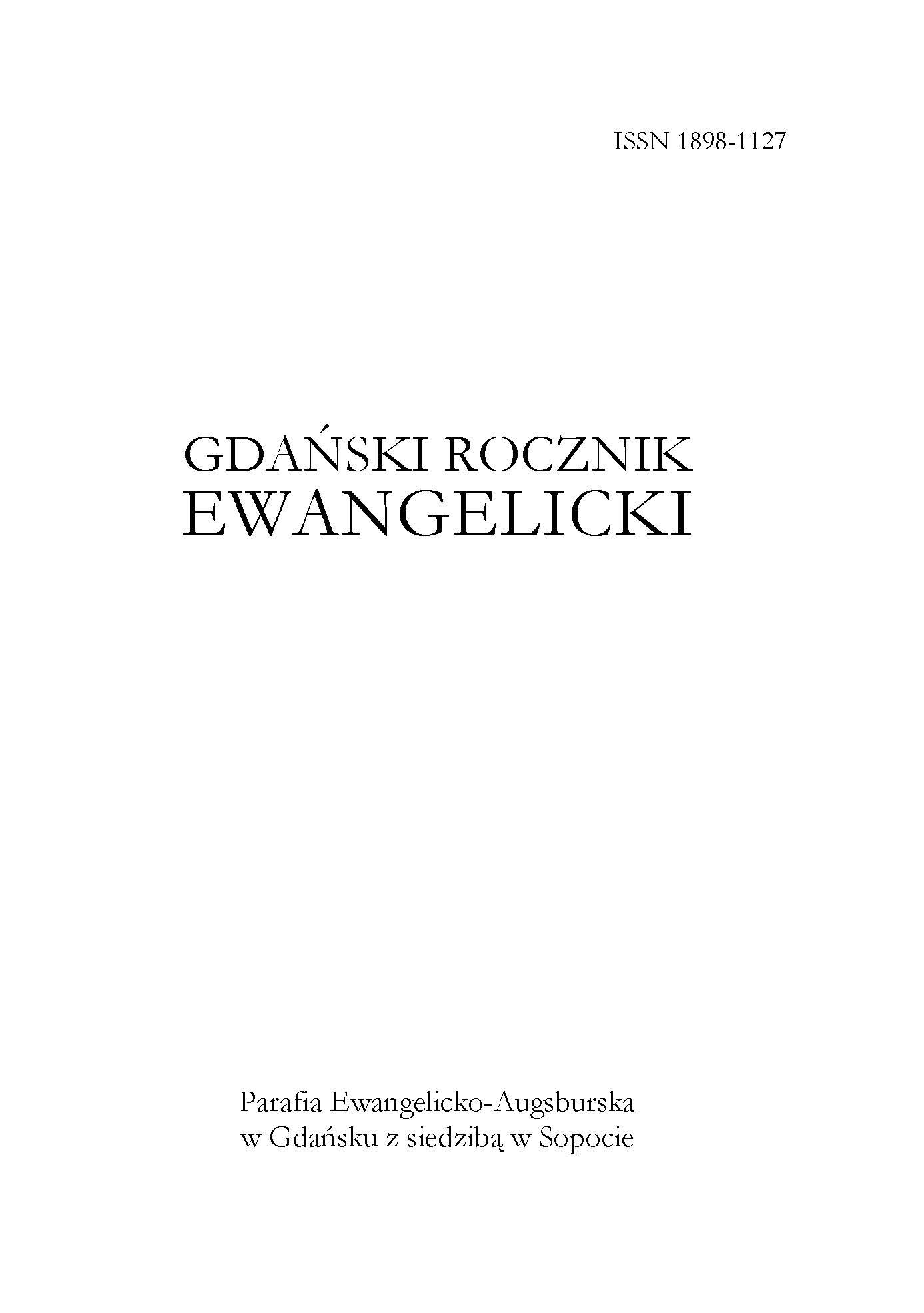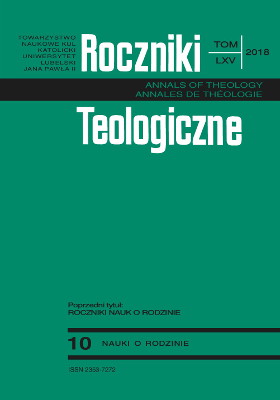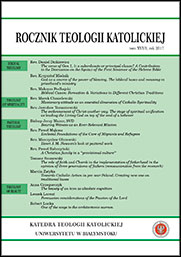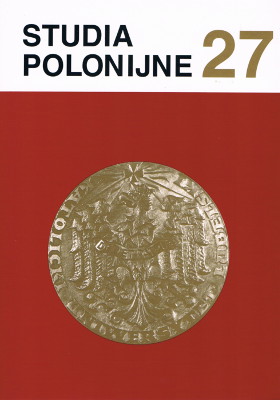
Duszpasterstwo polskich robotników przymusowych w Niemczech w czasie i po II wojnie światowej
Pastoral care for Polish labourers developed at the outbreak of the Second World War, when there was a demand for cheap labour force in the Reich. Poland saw forced recruitment. It is impossible to estimate the exact number of Poles sent to forced labour in the Reich. We know that on 30th June 1944 the constituted 32 per cent of all foreigners and composed the strongest national group. It became a priority for the local church to solve the problem of pastoral care for Polish labourers in Germany. The Nazis made only some concessions. Itinerant priests were established of German nationality and Polish songs were sung from the booklet The Way to Heaven. Some restrictions, however, accompanied these concessions. The itinerant priests were obliged to report to the police, there was a ban on confession in Polish, and general absolution was recommended instead. Cardinal Sapieha intervened on behalf of Polish priests, but in vain. The German authorities were inflexible, therefore a decision was made to send priests as common labourers. On completion of military activities there were ca. 1.9 million deported Polish citizen on the territory under consideration. They were directed in 1944 to the so-called Displaced Persons and lived in the camps run by the British, French, and American authorities. Pastoral care was then constructed from the start. The first priests who were involved in were those liberated from the concentration camp in Dachau. On behalf of the Holy See Bishop Józef Gawlina was appointed an ordinary bishop for Poles in Germany. The priests joined actively in the work on Polonia. They organised pilgrimages, participated in establishing schools, organised libraries, and conducted charitable action. The new church organisations were important for pastoral care. It was not easy to provide pastoral ministry among Poles. Their presence was necessary and fulfilled not only a religious role, but also played the function of a psychological and social rehabilitation.
More...
